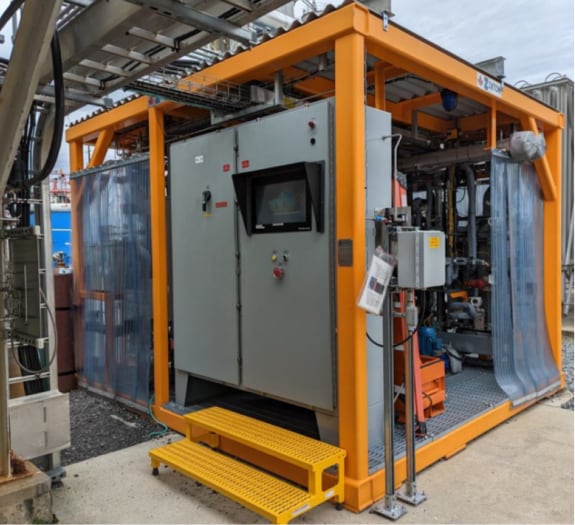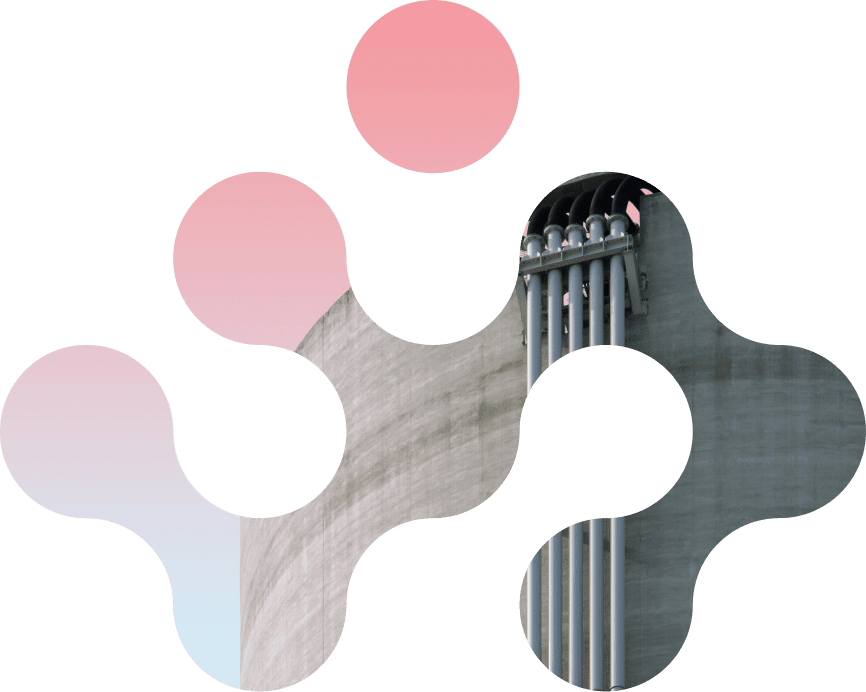Boost production
with a bolt-on solution
Unlike conventional separation methods, Ardent’s platform of advanced facilitated transport membranes use chemistry to perform separation instead of temperature and pressure. The result is a modular, compact, and energy-efficient solution that easily integrates with existing processes.



